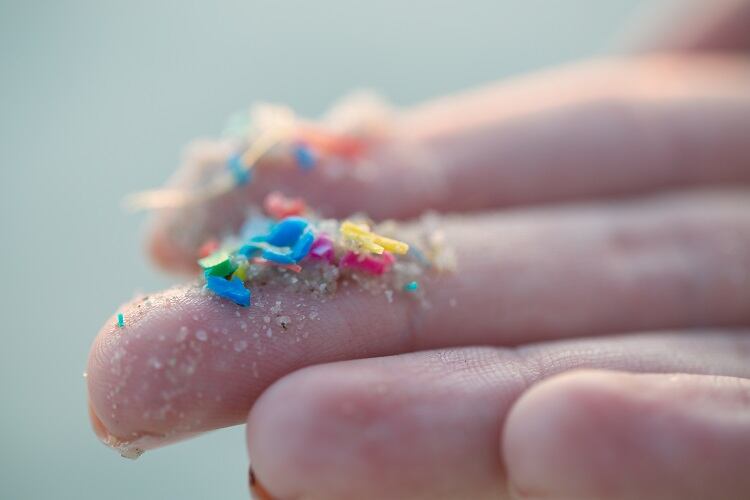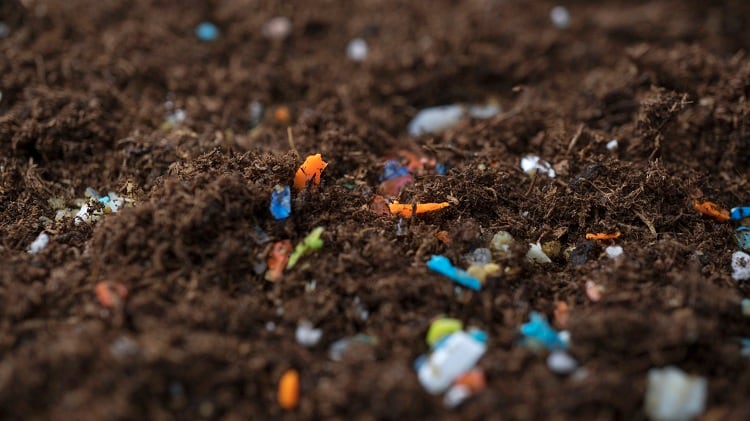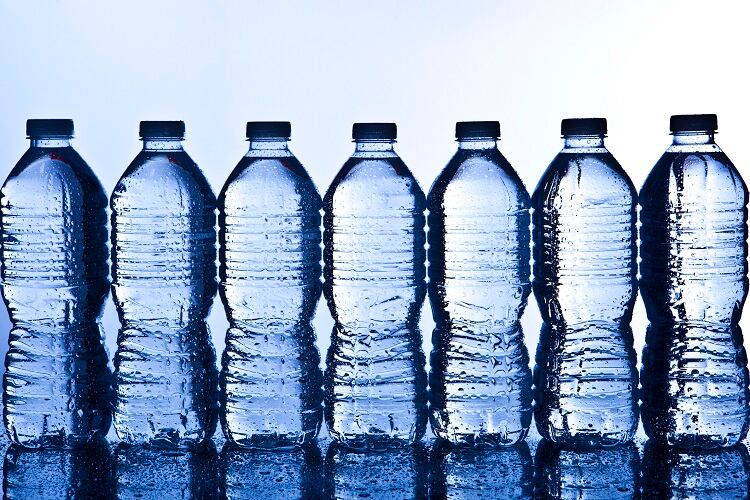When humans consume microplastics, according to the US National Institute of Health, it can cause negative health effects, such as abdominal pain, nausea, and vomiting.
Now, a new study has developed a way of using AI to find such microplastics more efficiently than manual methods. The AI also has the potential to be used by the food industry to help find microplastics in food, and reduce the negative health effects of their consumption.
Different wavelengths
To find microplastics, researchers use a method called advanced spectroscopy, which exposes plastic particles to different wavelengths of light. Different types of plastic respond differently to the light, which allows researchers to ascertain whether or not these are microplastics and what type of microplastic they are.
However, because of the presence of manufacturing additives and fillers, microplastics can be difficult to pick out, as they blur the signal. Microplastics are also hydrophobic and can soak up other chemicals, and weathering can mean that the signals picked up by advanced spectroscopy are different from those found in the libraries kept of plastics and their associated signals. For all of these reasons, it is often difficult to be accurate with the method.
This often means that it takes human intervention to find the microplastics, searching the signals for patterns that can tell researchers which microplastics they’re looking at. Even then, this process can be inaccurate, with an error rate of up to 70%.
This is where AI comes in. The researchers have developed an AI tool called PlasticNet, which is able to scan for microplastics 50% faster than previous methods, and with 20% greater accuracy. The AI is trained on more than 8,000 spectra of virgin plastic to give it greater accuracy.
In fact, when tested, the AI successfully classified 11 types of common plastic, with more than 95% accuracy, and showed 92%+ accuracy when trained with virgin plastics corrupted by the presence of additives and weathering.
Potential impact on the food industry
Because of the profusion of microplastics found in food, PlasticNet AI provides several key opportunities for the food industry. It presents a route to a faster, more efficient way to check for microplastics than manual checking does.
“Advanced algorithms are capable of scrutinizing high-resolution images of food to spot and measure the extent of microplastic pollution,” Ziang Zhu, one of the researchers, told FoodNavigator. “This technique offers a faster and more precise alternative to traditional manual checks.
“Machine learning excel in conventional methods to recognize microplastics, even amidst complex food compositions.”
As well as making the process of finding microplastics more efficient, the technology can, according to Zhu, also predict the likelihood of finding microplastics in certain products. “AI leverages historical data to forecast potential contamination scenarios,” he told us. “Through the time series analysis of data patterns, AI can pinpoint food products or manufacturing processes that are more susceptible to microplastic contamination. This enables focused inspections and strategic preventive actions.”
Sourced From: Environmental Pollution
'Leveraging deep learning for automatic recognition of microplastics (MPs) via focal plane array (FPA) micro-FT-IR imaging’
Published on: 15 November 2023
Doi: https://doi.org/10.1016/j.envpol.2023.122548
Authors: Z. Zhu, W. Parker, A. Wong




